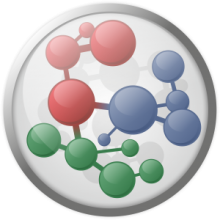Protein phosphorylation is major molecular mechanism through which protein function is regulated in response to extracellular stimuli, it often acts as a switch to proteins' activation and is frequently perturbed in diseases. Currently there are a number of commercialized techniques to detect phospho-proteins, however none of them offers information about the relative spatial arrangement of phosphorylated residues. In biological systems, the extent of phosphorylation of a target is often associated different physiological response and disease state. This invention is the first turn-on fluorescent sensor for the selective detection of proximally phosphorylated protein sites, suitable for application in both aqueous solutions and polyacrylamide gels.
Ian Stewart
Innovations & Entrepreneurship Manager
Innovations & Partnerships Office (IPO)
(416) 946-7734





